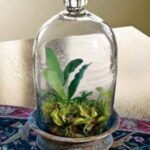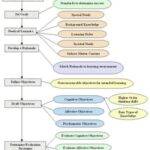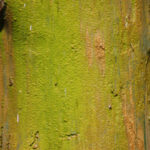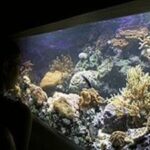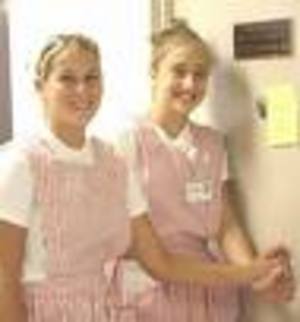Adding Animals to the Aquarium
Rationale: In order to create a stable ecosystem, animals need to be added to the terrarium and the aquarium. Lesson five is the introduction of the animals to the aquarium.
Goal: The goal of this lesson is for the students to develop an understanding of the aquarium and animals we are adding into it. The students will also begin to understand the interdependent relationships between the aquarium and the terrarium.
Objectives:
•Students will discuss information on aquatic plants and algae that have been gained through observation, reading, and discussion.
•Students will complete their aquarium by adding guppies and snails.
•Students will continue to record their observations of the plants, algae, and animals in both the aquaria and terraria.
•Students will learn about the animals in their aquaria.
•Students will work cooperatively and independently to complete their lesson.
Content Standards: Content Standard A, C, Teaching Standard A, B, C Assessment Standard A, B, C
RIBTS: (1.1), (2.3), (3.2), (4.1), (5.5), (6.3), (7.1), (8.2), (9.2), (10.1),
Materials:
For each student:
Science notebook
Observation sheets
Reading selections
For every two students:
1 ecosystem setup
1 hand lens
2 medium size pond snails
2 guppies
1 spoon
1 clear plastic cup
1 dropper
1 metric ruler
For the class:
6 small dip nets
Newspapers
Cleanup supplies
Learner Factors: The journal question will be written on the boards. The students will be provided with an agenda. Directions will be given in the handouts as well as orally to accommodate those with an IEP.
Environmental Factors: Students will work in pairs of two. Each pair of two will sit opposite another group that they may share information with. There will be one group of three. The students will continue to be assigned a guppy or a cricket.
The distribution table will be on the long table. There will be labels placed on the table that will refer to what the items is and how many each group should have.
Introduction to lesson:
Opening of lesson until recess:
It is the first lesson to the second part of the unit. I will begin by referring to the questions that the students had during the opening lesson that are posted on the science bulletin board. Which questions have we answered? What do we still need to find out?
I will then ask the students to help create a class web of what they have learned about ecosystems on the chalkboard. I will ask the students to take out their journals and read their past entries to help them recall previous lessons. It will also be noted to students that the word wall is a great wall to help remember important information. This is in order to assess their previous learning.
When the word wall is complete, I will review the agenda for the day. This will be posted on the board. After the agenda review is complete, I will explain that animals will be added to the aquarium in this lesson. It is important that student again review what environment the aquarium consists of. The students will be asked to take out the worksheets handed out the previous lesson and questions will be asked.
•Describe the algae, elodea and duckweed that we placed in the aquarium last week. How are they alike? How are they different?
•What does it mean when we say plants and algae are producers?
•What is the role of plants and algae in an aquarium?
•What might happen if you were to put too many plants and algae in your aquarium? What problems could these plants and algae cause?
I will then talk about the two different animals we will add during the lesson, snails and guppies. I will have the students read out loud by taking turns. This has worked well in previous lessons and helps those with insecurities in reading. I will make note of the important words that we will be adding to the word wall.
I will tell the students that before we add the animals to the aquarium, we need to be good scientists and examine their new habitat for changes. The students will then retrieve their ecosystem and necessary materials. I will ask the students to observe the aquarium and record any changes they see since the last lesson plan.
After Recess: After they are settled, I will demonstrate the procedure for taking and transporting the animals to the aquarium. This procedure will include adding aquarium water to that of the snails and fish to help them adapt to their new environment.
I will have the students first retrieve the snails. They will fill out the observation sheets with their partner about these snails. When they have finished, they will retrieve the guppies and fill out the same observation sheet for them. The student will add both animals to the aquarium.
At the conclusion of the lesson, students will be asked to respond to the question, “Imagine you are a fish or a snail. What would it be like to live in your ecosystem?”
Assessment: Observation sheets, journal writing
